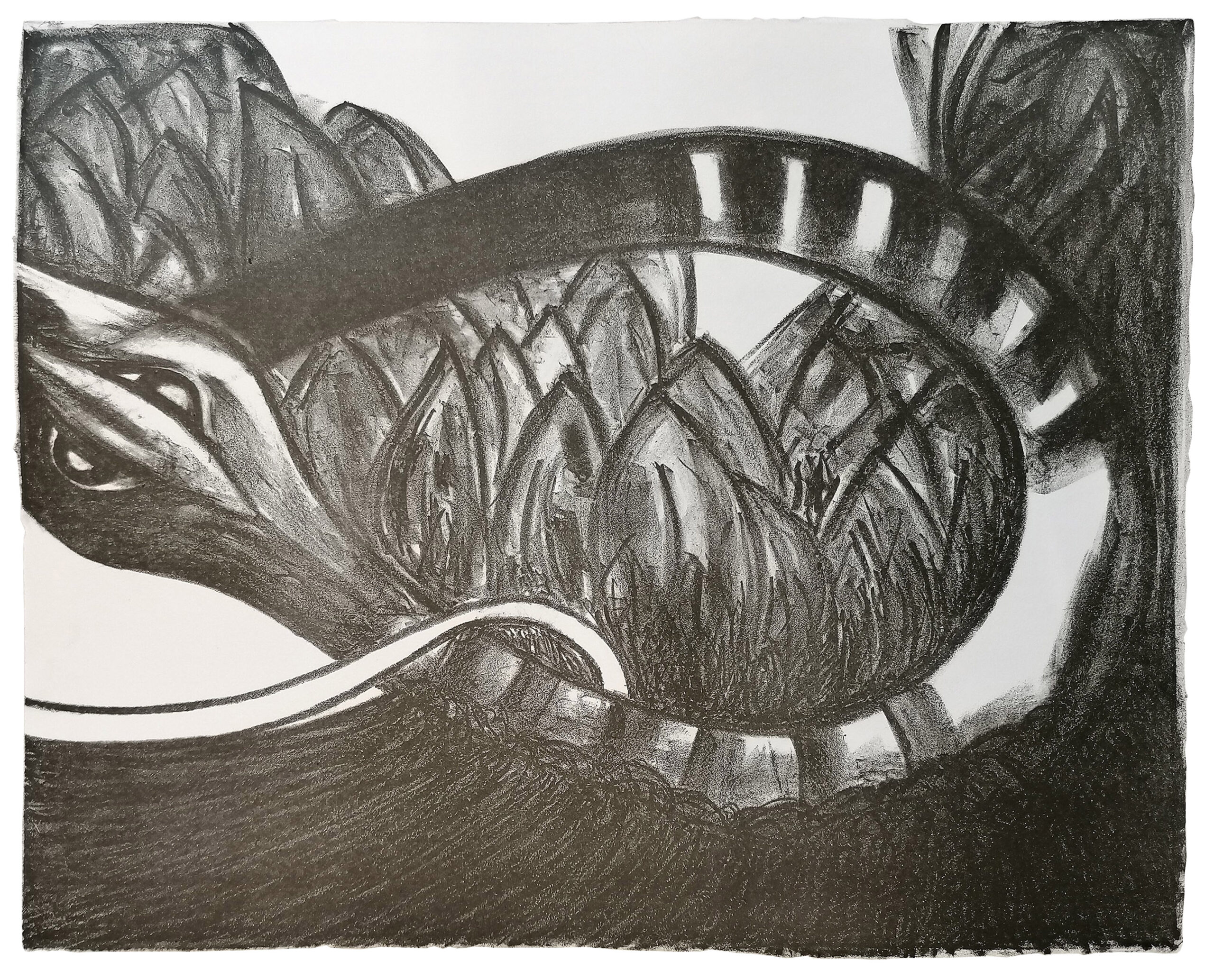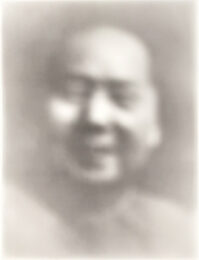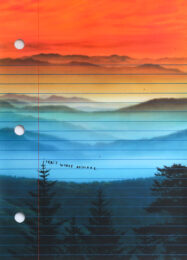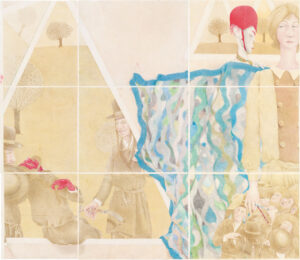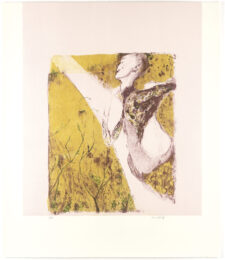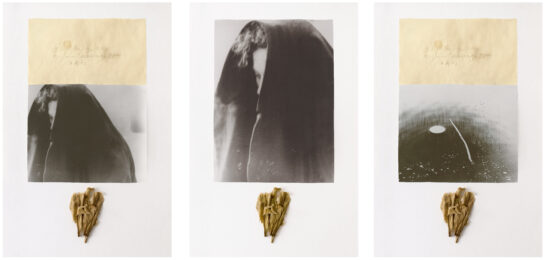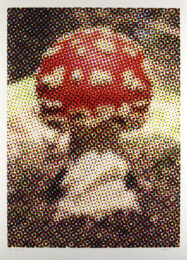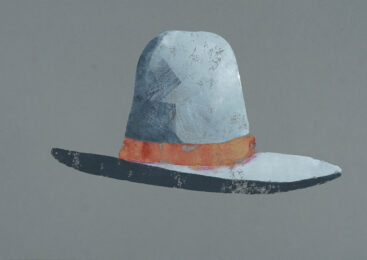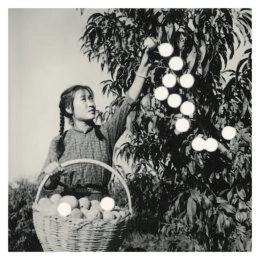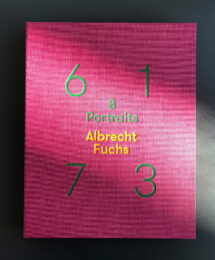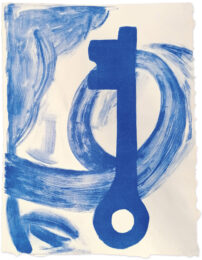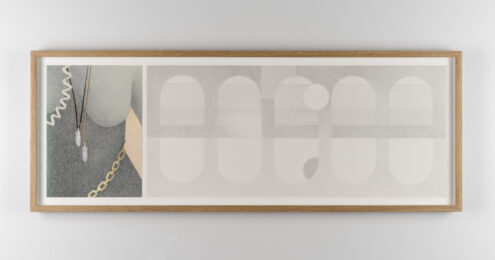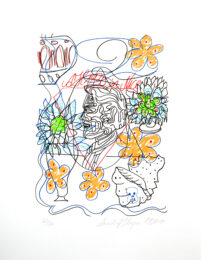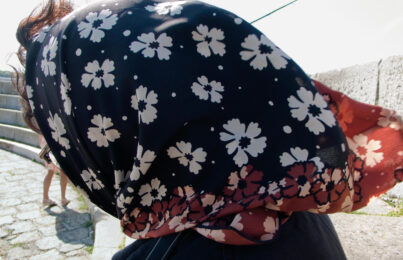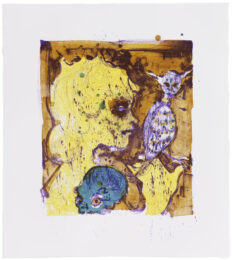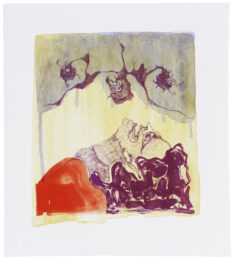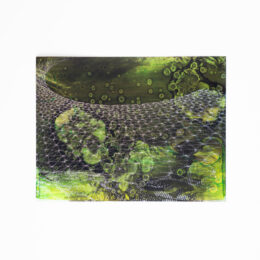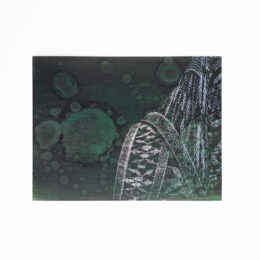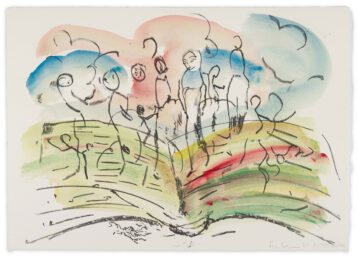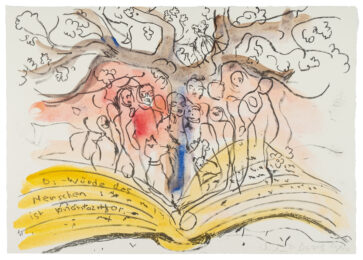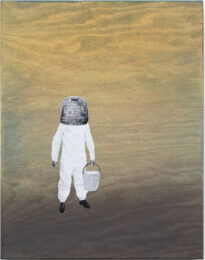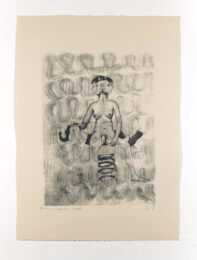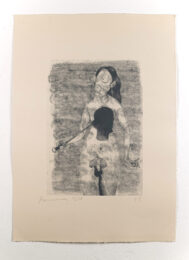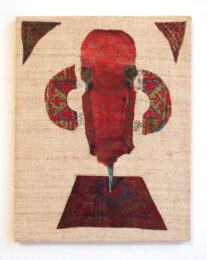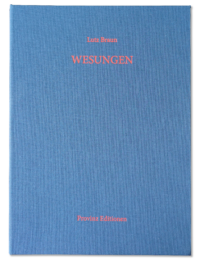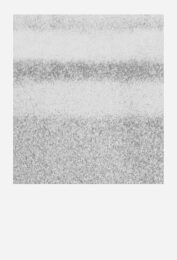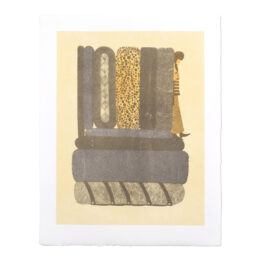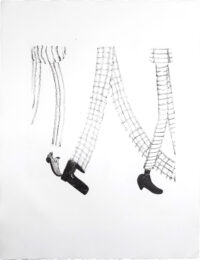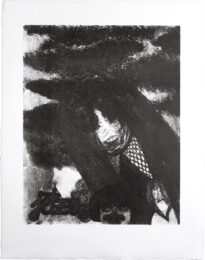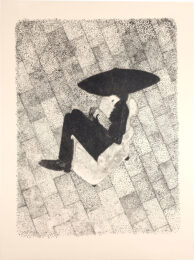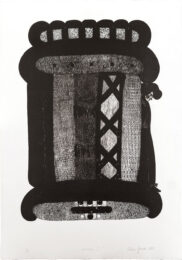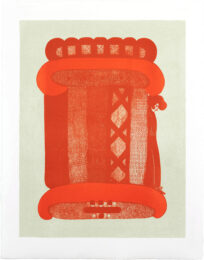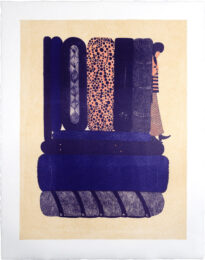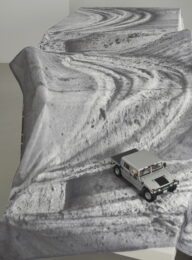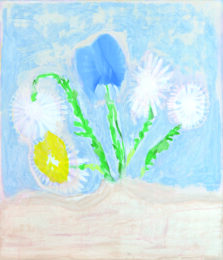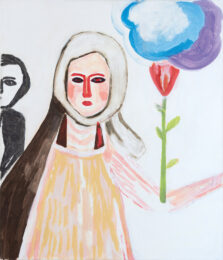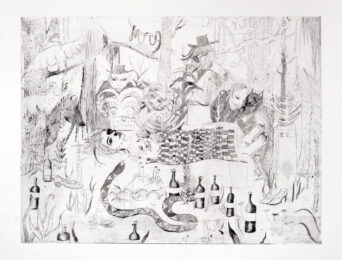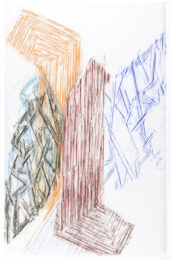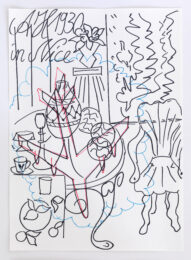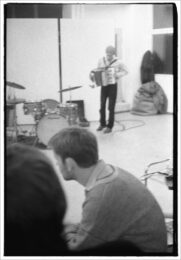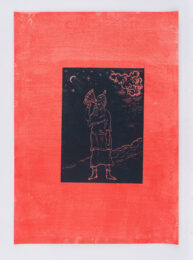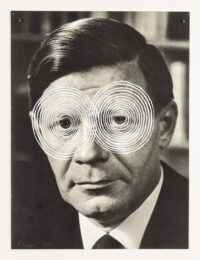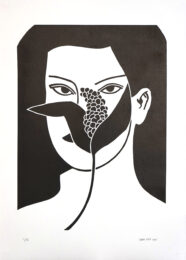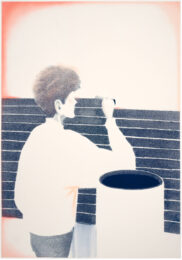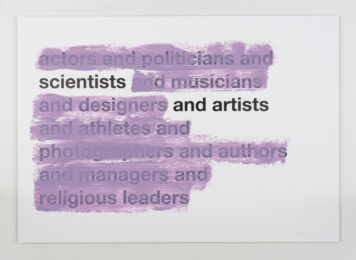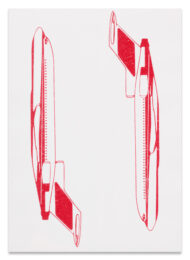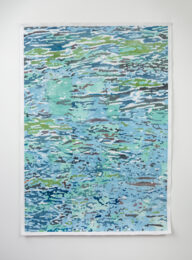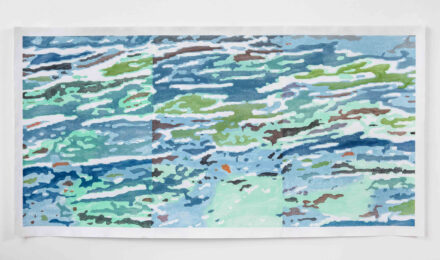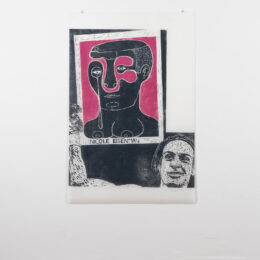Details — Click to read
Clemens Grömmer’s paintings are characterised by his colourful palette and two-dimensional painting style. Glazed, overlapping layers of colour create depth in his often fragmentary landscapes and mysterious interiors, where we encounter dragon- and birdlike creatures, images that appear consistently throughout Grömmer’s work. Their shapes may remind us of a crocodile, other times a snake or a plane. Grömmer’s “dragons” are not evil creatures and instead are of a more cheerful-yet-sly nature. Embedded in colourful and formally reduced sceneries that almost completely do without human figures, they provide space for the ambivalence that mythical beings just so happen to create. As mythological creatures, dragons are one thing above all: screens on which we can project our emotions.
For Nietzsche, the dragon was the lion’s counterpart, the lion being a necessary step on the human spirit’s journey from long-suffering camel to free child. The camel hears the words “thou shalt”, while the lion says, “I will”, and the child is the only one able to give the “sacred yes” (Friedrich Nietzsche, Also Sprach Zarathustra [Thus Spoke Zarathustra], Stuttgart 1988, Kröner Verlag, p. 25 ff.). The dragon moves between these transformations, an opponent to be conquered. In Christian iconography, dragons don’t come off all too well: popular figures such as Saint George and Archangel Michael have slain them and with them, demons and devils. However, dragons are occasionally depicted in a more positive role, as symbols of vigilance, wisdom and strength. This ambiguous view of a mythological beast is not unique, as can be seen when we think of the sphinx or the griffin.
Clemens Grömmer’s paintings are playful and open and rarely evoke a threatening atmosphere. His work seems to depict archetypal scenes of a story that has not yet been written – or are we dealing with Nietzsche’s dragon after all, escaped from the lion to make mischief with the child?
Clemens Grömmer, born in Linz / Donau (AUT) in 1997, studies painting under Prof. Kirsi Mikkola at the Academy of Fine Arts in Vienna.

